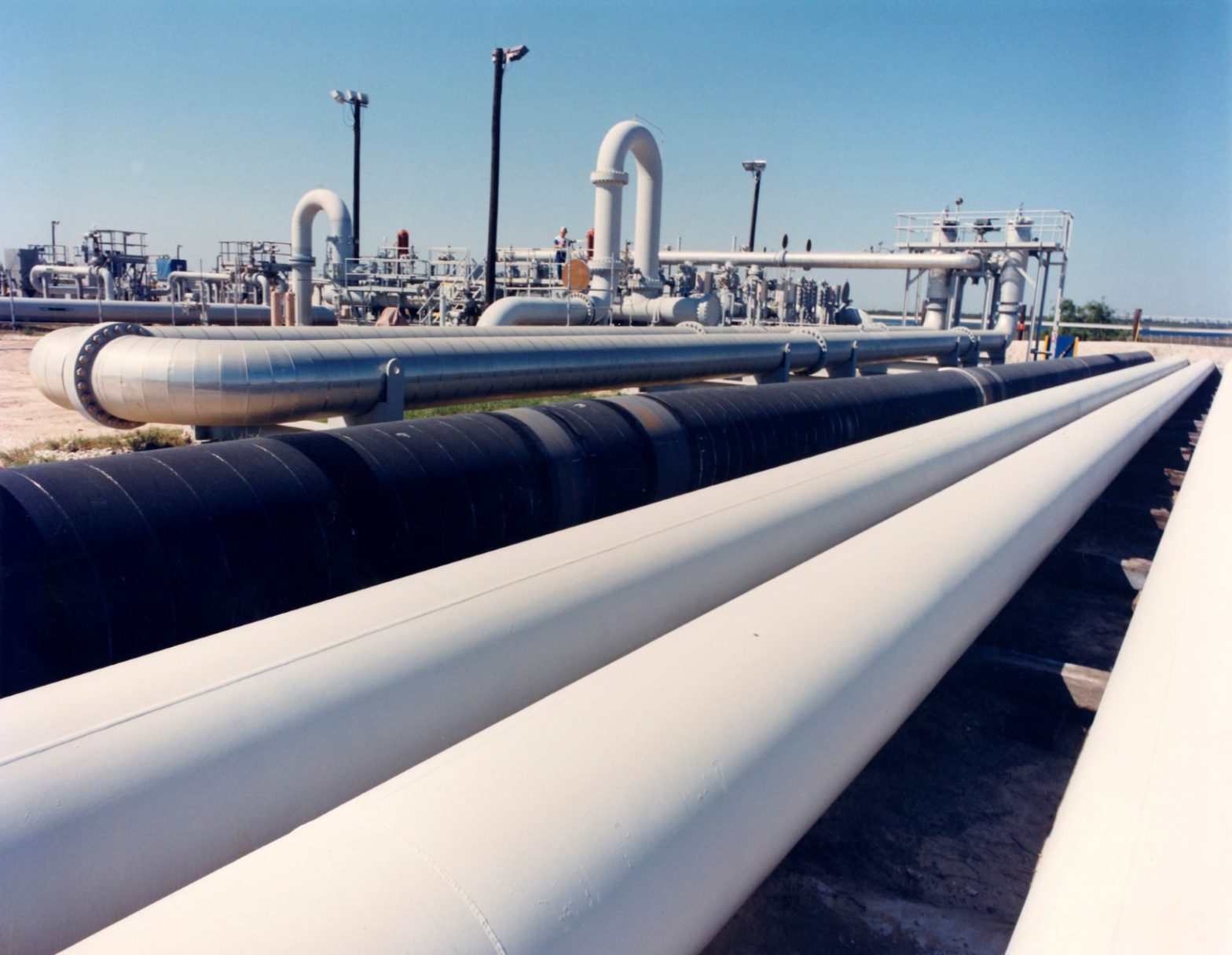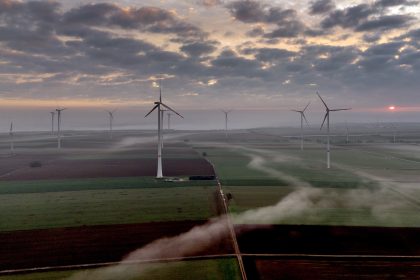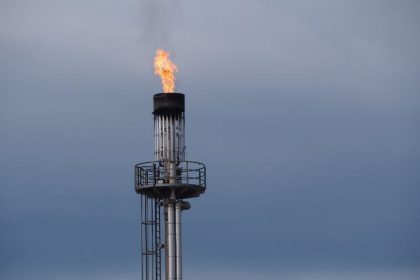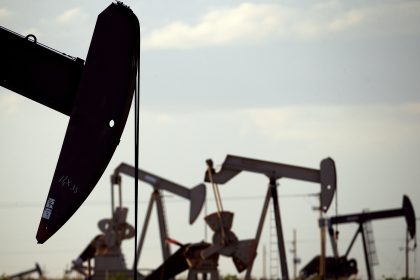White House Plans Largest-Ever Oil Reserve Release to Combat Gas Prices

WASHINGTON — President Joe Biden on Thursday will announce plans for the largest-ever release of oil from the nation’s strategic petroleum reserves, the White House announced.
Under the plan, about 1 million barrels of oil per day will be released during the next six months, resulting in a total release of about 180 million barrels.
Administration officials, speaking on background during a conference call with reporters, described the historic release as a one-time bridge until the end of the year when domestic production is forecast to ramp up to that level.
They went on to say the Energy Department will use the revenue from the release to restock the Strategic Petroleum Reserve in future years, when the price of oil is lower.
But while the release was the headline announcement Thursday, the president will go further, announcing a two-pronged approach to address the issue of high gasoline prices at the pump.
As part of the first prong, Biden is coordinating the release of strategic reserves with allies and partners around the world, and the White House said other countries are expected to join in this action, bringing the total release to well over an average 1 million barrels per day.
In addition, the president will call on Congress to make companies pay fees on wells from leases they haven’t used in years and on acres of public lands that, in the administration’s view, they are hoarding without producing.
“The fact is that there is nothing standing in the way of domestic oil production, which is expected to increase by a million barrels a day this year alone,” one administration official said during the conference call. “U.S. oil companies are recording their largest profit in years and can put those profits toward productive use.
“While some companies have already announced they are increasing immediate production, too many are choosing right now to make extraordinary profits without investing in more supply,” the official said.
The president’s actions Thursday come as gas prices continue to rise and voter discontent ahead of fall’s midterm elections is fueling both Republican criticism of the administration and Democrats’ call for relief.
In the past month, the average price of a gallon of gasoline hit a high of $4.17, surpassing the previous high of $4.11 set in 2008.
This isn’t Biden’s first release from the Strategic Petroleum Reserve. In November, in response to rising inflation, the president released 50 million barrels from the reserve, and on March 1, he announced the release of a further 30 million barrels, again to ease the bite of inflation.
The second release was accompanied by the coordinated release of an additional 30 million barrels by the United States’ allies around the world.
One obvious question, given the size of the release from the strategic reserve, is just how the administration expects to get the oil to where it is needed.
Some have suggested that to be truly efficient, Congress should be encouraged to significantly amend or temporarily do away with the Jones Act, the federal law that requires goods shipped between U.S. ports to be transported on ships that are built, owned, and operated by U.S. citizens or permanent residents.
On Thursday, administration officials said a “sizable portion” of the new release will be carried by pipeline.
“In fact, in the most recent reserve drawdown, the vast majority of the oil, 85%, was delivered via pipeline, while 15% was slated for shipment by sea,” one official said. “Of course, shipping is likely to also be needed to transport oil to parts of the country not serviced by pipelines.”
“Based upon the support offered by American carriers and labor unions, we expect that Jones Act-qualified vessels will be available to meet those needs,” the official continued. “However, given the historic volumes we plan to release, it is also possible that Jones Act qualified vessels may not always be available to carry additional shipments in a timely manner.
“When that is the case, the administration stands ready to promptly process Jones Act waiver requests to ensure orderly and timely delivery of oil. Several agencies have already begun coordinating their efforts in this regard to make this process work smoothly,” the official said.
The second prong of the effort outlined by administration officials and included in a fact sheet distributed by the White House right before the conference call, is accelerating the nation’s transition to clean energy.
According to the official, American families could save as much as $950 a year by switching from gas-powered to electric vehicles and an additional $500 a year from using clean electricity like solar and heat pumps to power their homes.
Toward that end, the president will announce Thursday that he is issuing a directive authorizing the use of the Defense Production Act to secure American production of critical materials to bolster the clean energy economy by reducing reliance on China and other countries for the minerals and materials that will power the nation’s clean energy future.
Specifically, the Defense Production Act will be authorized to support the production and
processing of minerals and materials used for large capacity batteries — such as lithium, nickel,
cobalt, graphite and manganese — and the Department of Defense will implement this authority using strong environmental, labor, community and tribal consultation standards.
The sectors supported by these large capacity batteries — transportation and the power sector — account for more than half of our nation’s carbon emissions.
The United States is the largest oil producer in the world and is a net energy exporter. The president will announce his commitment to achieving real energy independence — which
centers on reducing our dependence on oil altogether.
This week alone, Biden announced historic efforts to increase energy efficiency and
lower costs for consumers.
The Department of Energy opened applications for more than $3 billion in new bipartisan infrastructure law funding for energy efficiency and electrification upgrades in
thousands of homes that will save families hundreds of dollars on utility bills.
The administration also advanced smart standards that will lower consumer costs, including a
roadmap of 100 actions this year that will save families $100 annually through more efficient
home appliances and equipment, as well as new fuel economy standards for cars and trucks
to save drivers money at the pump.
And the administration is seeking additional opportunities to ramp up the deployment of heat pumps to displace fuel burned in buildings, as well as programs to drive efficiency, electrification, and use of clean fuels in the industrial sector.
The president’s public schedule, which was released Wednesday night, said he would deliver remarks Thursday afternoon on the administration’s “actions to reduce the impact of Putin’s price hike on energy prices and lower gas prices at the pump for American families,” a reference to President Vladimir Putin of Russia.
Oil prices fell after the plan was reported. By Thursday morning the price of West Texas Intermediate, the American crude oil benchmark, was about 5.7% lower. The price of Brent crude, the global benchmark, was similarly down, about 4.3%.
If fully enacted, the president’s plan would release 180 million barrels from the reserve, which is intended to help the United States weather spikes in demand or drops in supply. About 550 million barrels are in the reserve, which has a reported total capacity of about 714 million barrels.
David Goldwyn, a top State Department energy official in the Obama administration, called the plan “a good move.”
“Go big to have an impact,” he said. “At this point, everything helps at the margin.”
Dan can be reached at [email protected] and at https://twitter.com/DanMcCue.
























